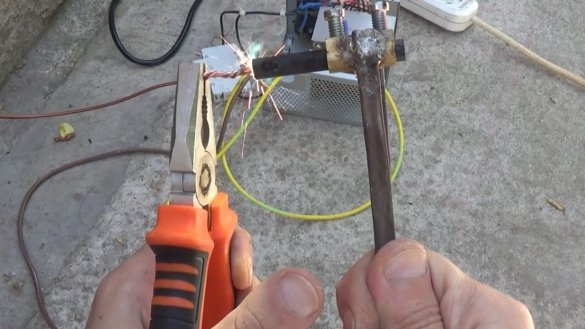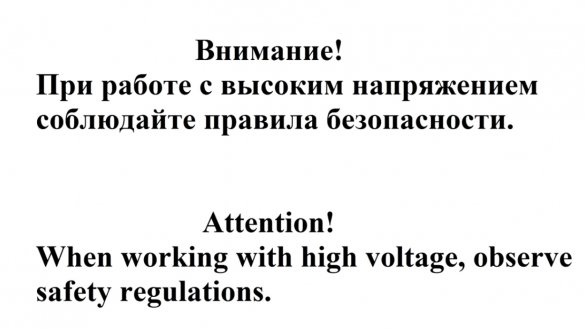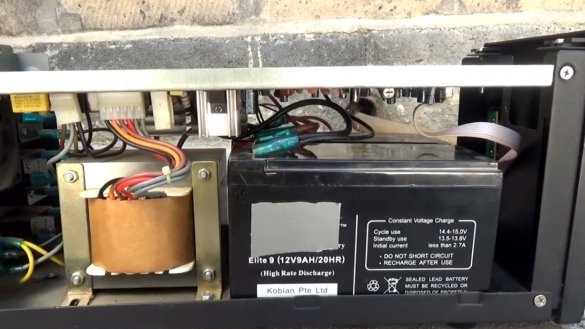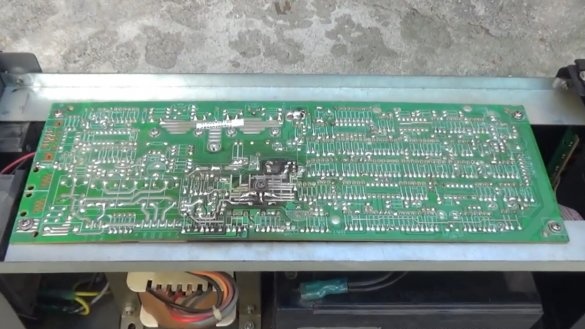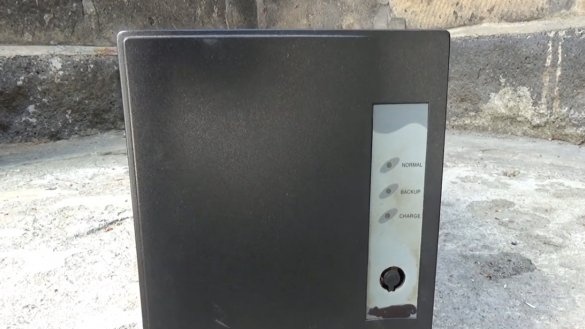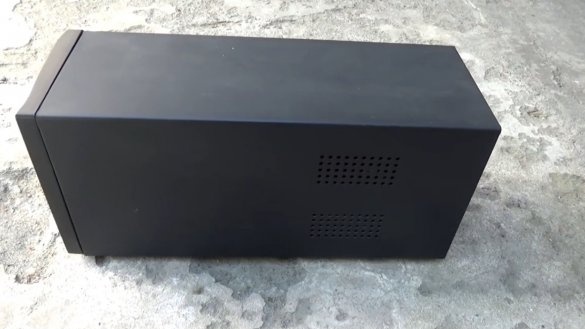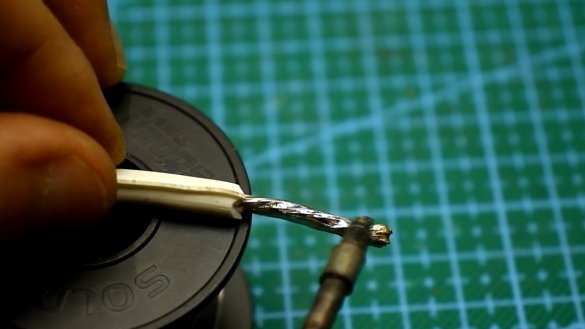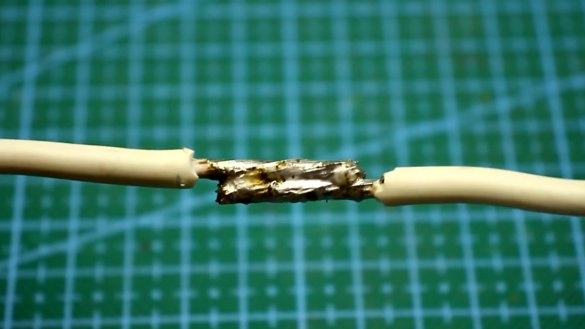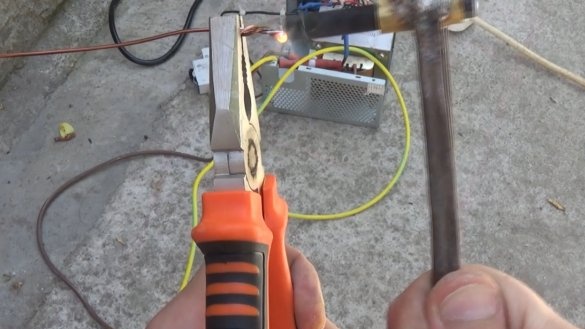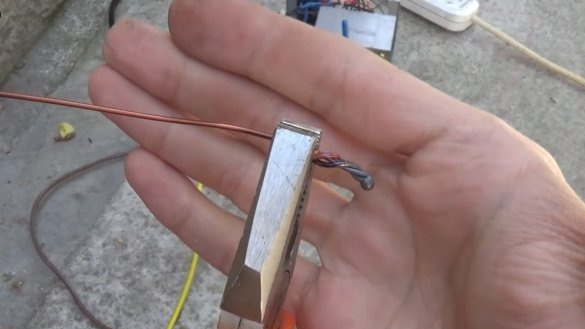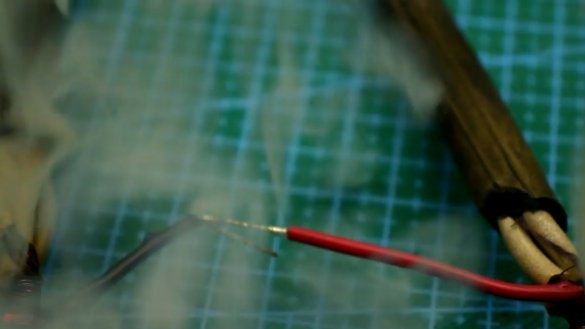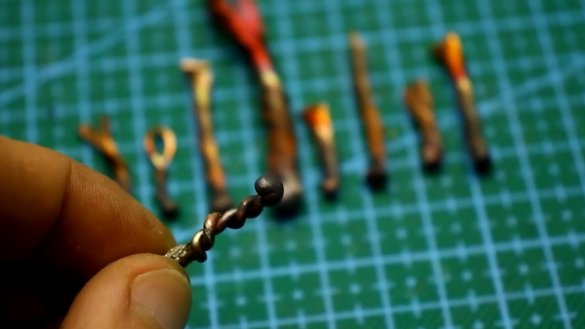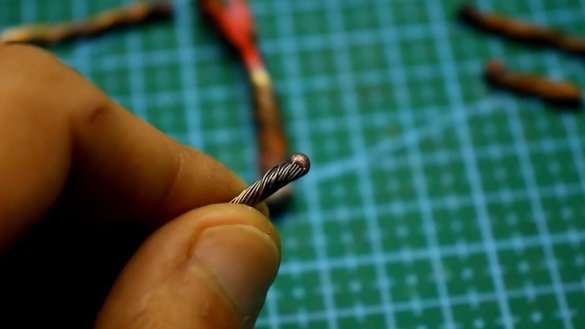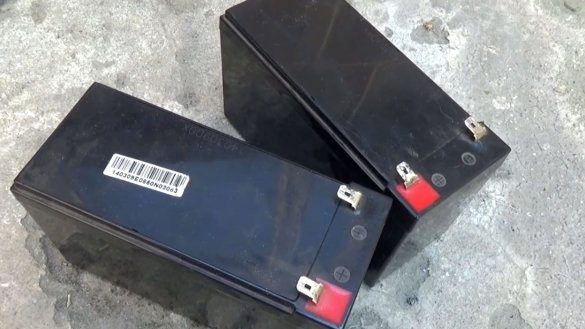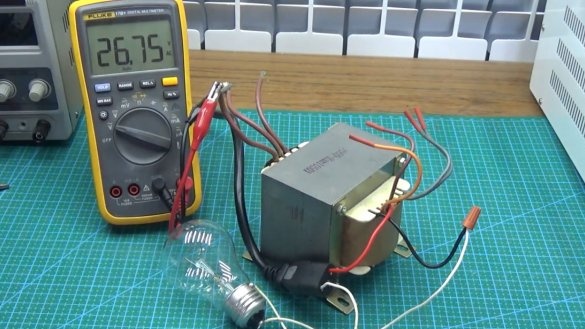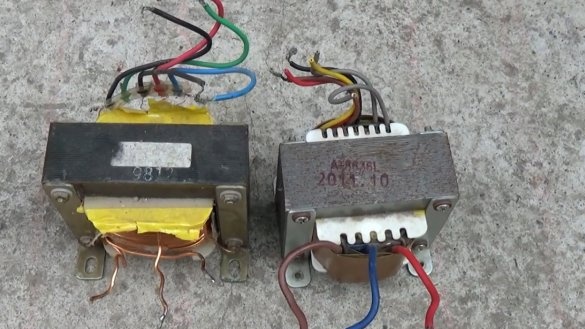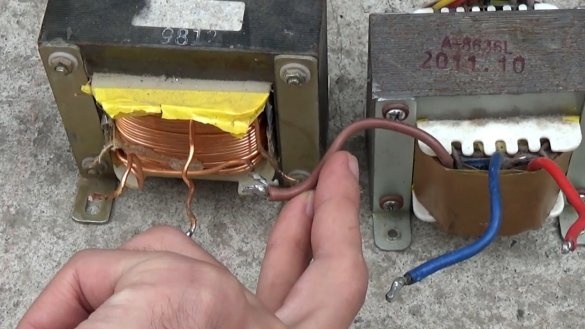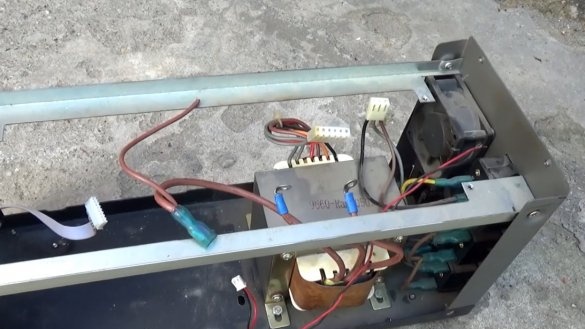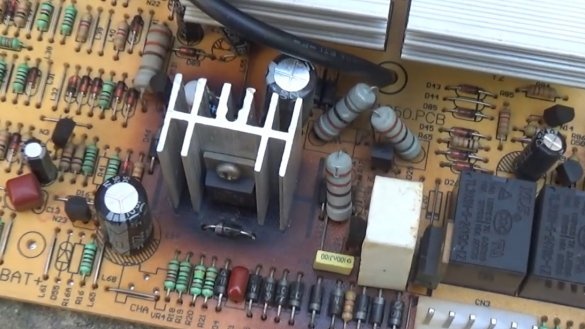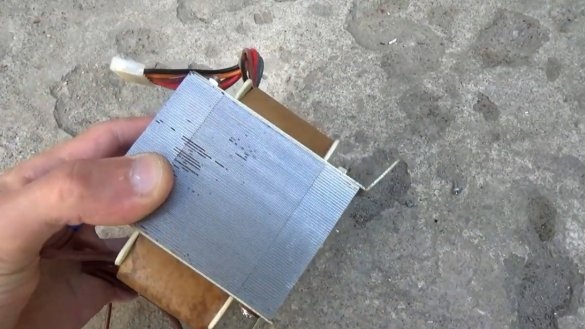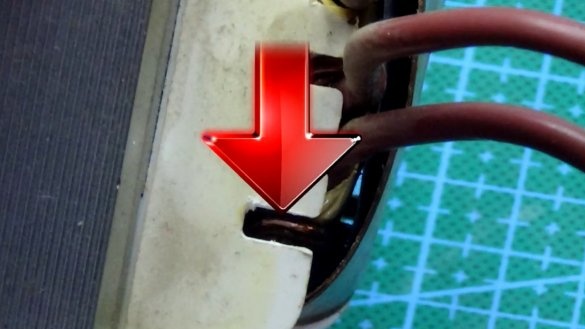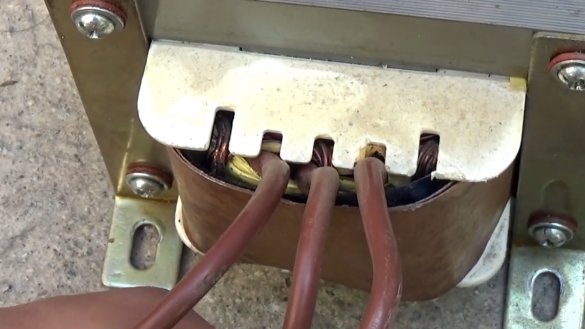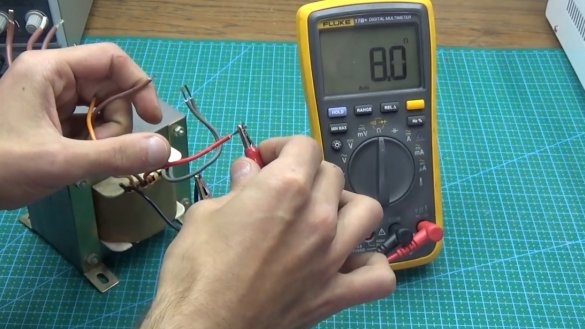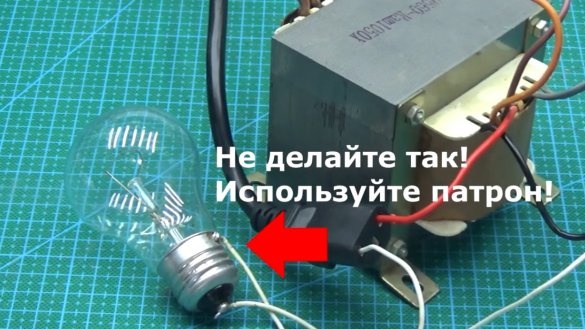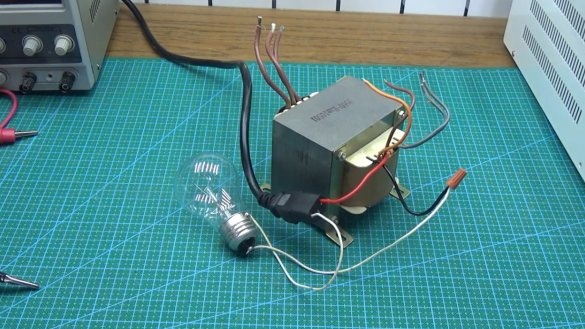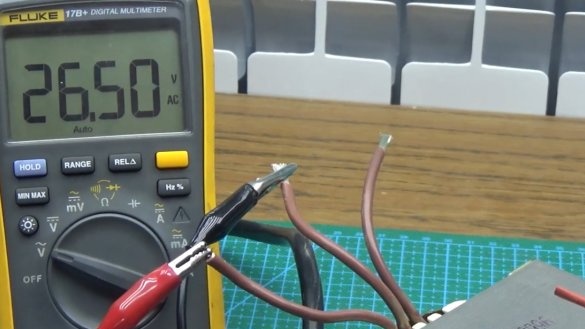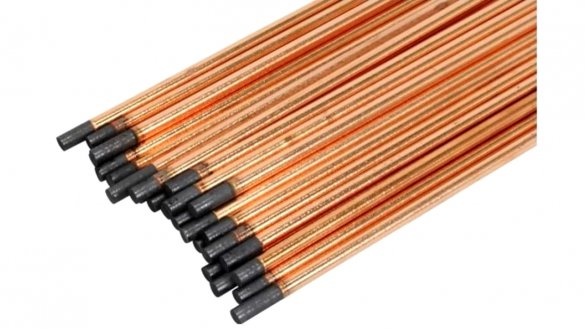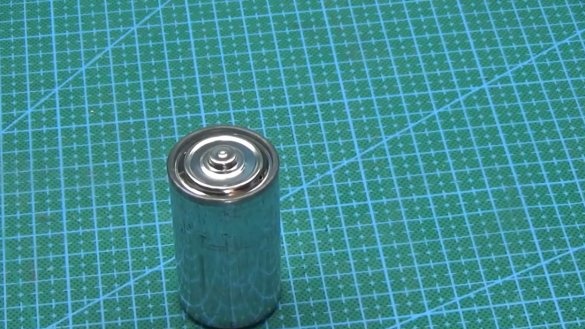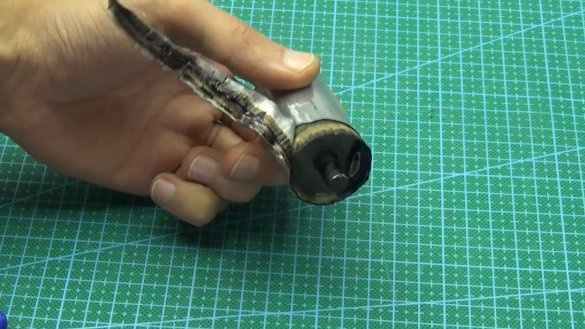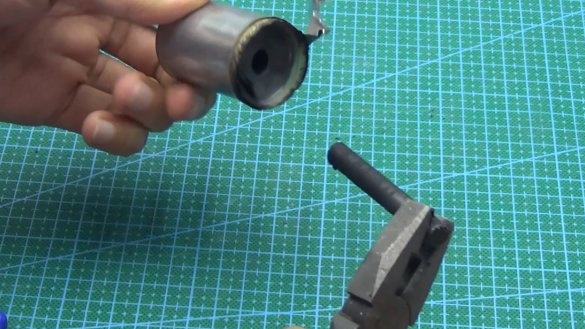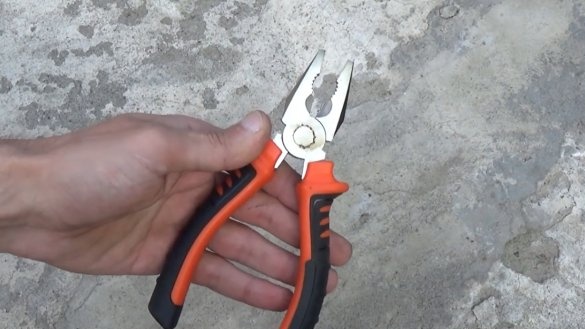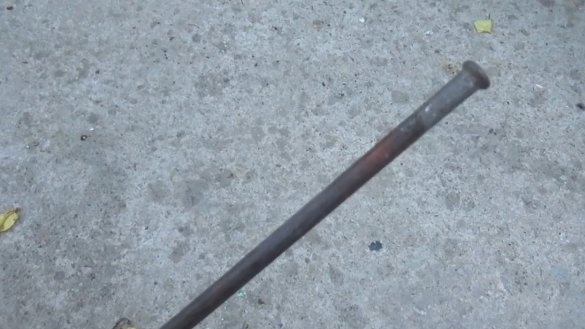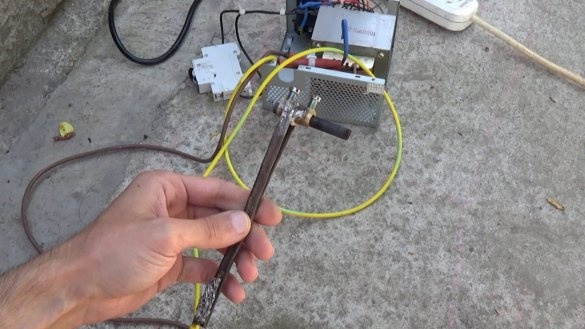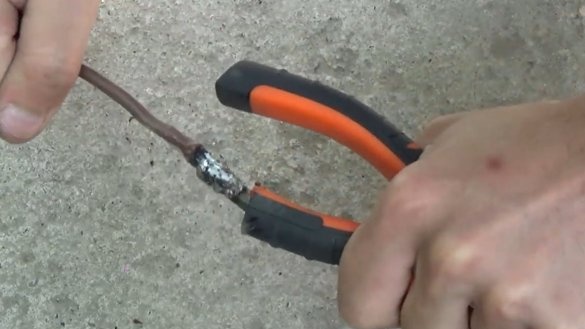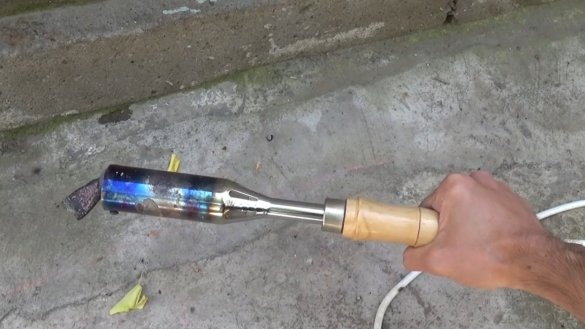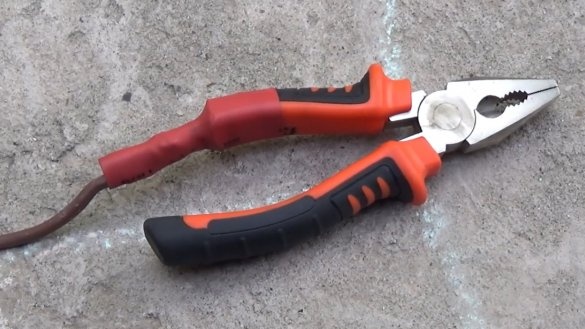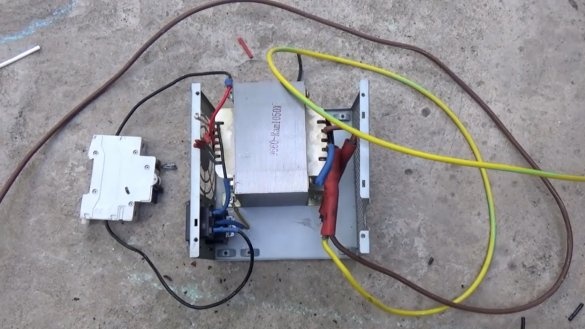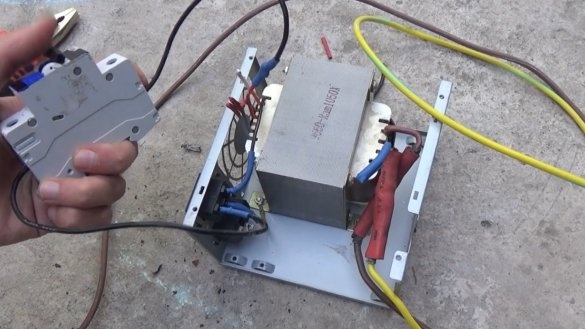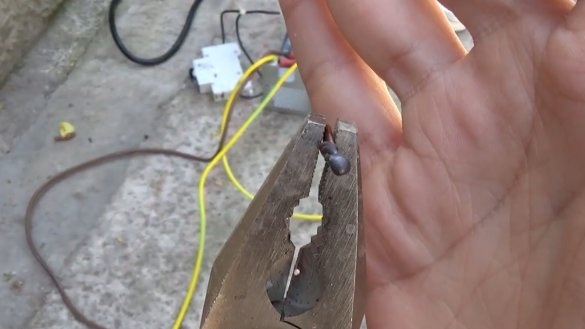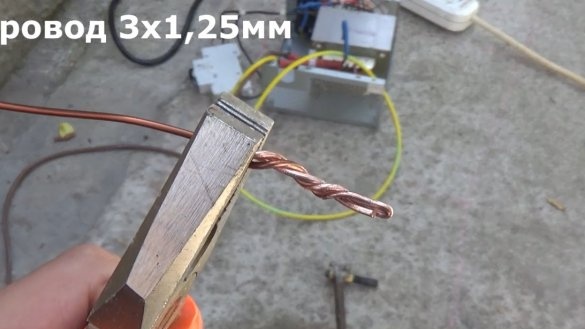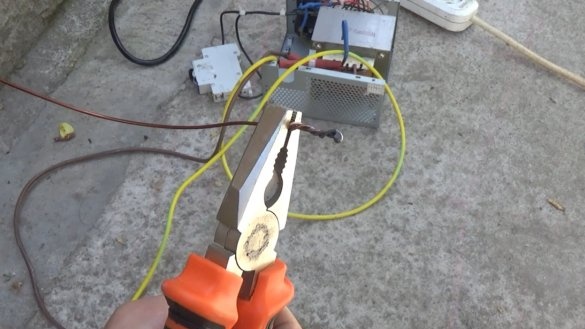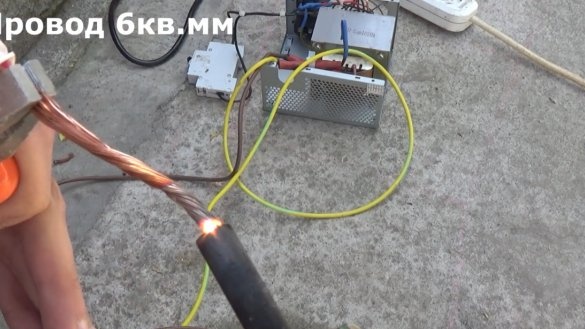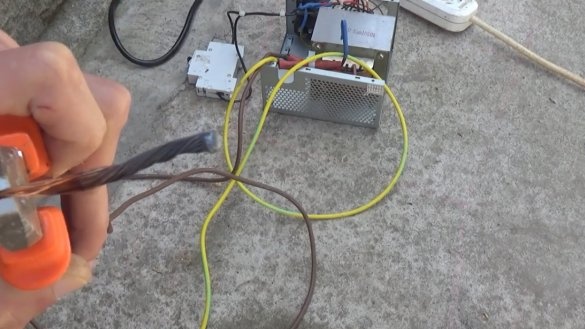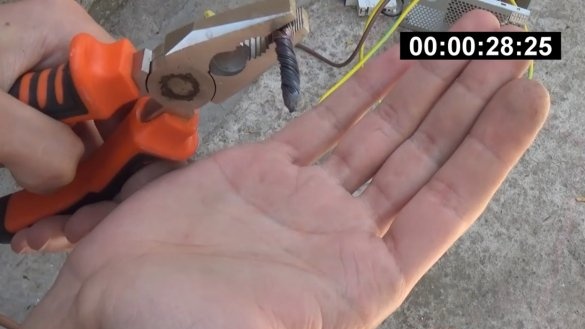Greetings the inhabitants of our site!
Not so long ago, AKA KASYAN, the author of the YouTube channel of the same name, was repairing an uninterrupted power supply that belonged to his friend. Damage was quite serious, and all due to improper installation of batteries.
This uninterruptible power supply was successfully restored, but dusted around for a long time, until the author came up with the idea to make it a completely different device, or rather a welding machine.
Yes, we will break the working continuum. Vandalism? Perhaps, but uninterruptible power units of this class can be bought literally for a penny without any bells and whistles, especially without a battery.
The author will make from the insides of this device a rather expensive device, a specific device designed for welding twists with a carbon electrode. As you know, the most common way to connect conductors is soldering with solder.
But the solder is not famous for its durability, and if we are talking about high-quality installation "for centuries", then welding of wires is naturally a priority.
An additional plus is that no additional losses will be formed at the welding site, and, consequently, there will be no heating, a literally solid conductor will be obtained. If we are talking about soldering using solder, then under currents of large magnitude, the solder can even melt.
Twist before welding. Then the wires are welded together, and a droplet characteristic of this method is formed at the place of welding.
It is worth saying that this uninterruptible power supply unit is 24-volt, that is, it works from 2 series-connected batteries with a voltage of 12V.
It is very important that the welding machine, or rather a transformer, provide the necessary open-circuit voltage, which would be sufficient for the formation of an arc. Therefore, in this case, a transformer from a 12-volt uninterruptible will not work. It will not provide the required voltage, as a result of which we get the maximum melting of the wire due to a short circuit. A high-quality welding with a beautiful droplet with such a transformer cannot be obtained.
In this example, the voltage on the secondary side of the transformer is about 26V. This will be enough to form an arc. Of course, the voltage will subside under load, but the values will not be critical.
If you want to use a transformer with a lower output voltage, for example, from a 12-volt uninterruptible power supply, then you will have to look for a second similar transformer to connect the secondary windings in series to increase the total voltage.
The power of this uninterruptible power system is about 400W. We proceed to disassemble it.
In the frames below, traces of a mini-fire are clearly visible.
Of this uninterruptible, we only need a transformer. As you can see, it is pretty good, both in terms of iron and windings, and the weight speaks of appropriate quality.
The windings, by the way, are copper here, which, you must agree, cannot but rejoice. It can be seen that the uninterruptible power supply is quite old, but they did not spare copper at that time.
This transformer has a 24V low-voltage power winding with a tap from the middle, a network winding with taps and an additional low-power winding.
Now we need a network winding, we will search for it. To do this, we need a multimeter in the Ohm meter mode. It is necessary to find those bends between which there will be the greatest resistance. In this case, it is about 8 ohms.
Next, we take an ordinary incandescent lamp with a power of 40 to 100W. It must be connected in series with a previously tested winding to the network. Do not forget about safety, all bare wires must be insulated.
An incandescent lamp incorporated in this way into a circuit will act as an insurance. In which case, it will limit the current and prevent the winding from burning out. If the lamp does not light, then everything is done correctly.
Then we switch the multimeter into AC voltage measurement mode and check the voltage on the power winding of the transformer.
As you can see, the voltage at the ends of the winding is about 26V. Now put the transformer aside. Next, we need a carbon electrode. In construction stores, you can sometimes find carbon electrodes with copper deposition, but it’s much easier to buy a D-format battery for mere pennies, they have a carbon rod inside, which is perfect for this homemade product.
It is only worth noting that such an electrode is available only in ordinary salt batteries, not alkaline, but in salt ones.
So, the battery must be disassembled and removed the carbon rod (electrode). Damaged batteries must be disposed of appropriately by handing them over to a specialized collection point for chemical current sources, take care of nature!
It was experimentally established that a welding current limitation system is not needed in this case. Welding will occur at maximum current values, but this does not interfere with cooking wires of a small cross section. The current in the short circuit mode of this transformer is more than 100A. Of course, in this mode, the transformer will quickly fail and simply burn out, but this is only possible due to the sticking of the electrode, and in our case it is carbon and cannot stick to the copper wire in any way, so this is also good. In addition, the current will be partially limited by the resistance of the electrode itself and the wires.
Due to the formation of a high-temperature arc, we have the opportunity to cook wires whose cross section is many times larger than the cross section of the transformer windings. Transformers from an uninterruptible power supply are not designed for long-term operation under heavy load, therefore overheating is not ruled out. But in this case, we are not going to use the device for hours to fly, preventing it from resting. Turned on, cooked, turned off. During this time period, even the windings will not have time to heat up.
Now we are going to make a holder for the electrode and ground. Mass is figurative, you can not bother much, take pliers, attach wires to them and that's it.
The author decided to make a more convenient holder for the electrode.To do this, he needed a mounting terminal of the corresponding diameter, into which our carbon electrode freely enters. You will also need a copper tube. It must be flattened and soldered all together. It turned out such a thing.
During operation, the rations will heat up, but the solder will not melt, since the compounds have a fairly high thermal conductivity, and the heat is quickly transferred to the handle. The handle must be insulated with heat-resistant kapton tape.
Then we take the pliers, remove the insulation and solder the wire to them. The author soldered such massive sections with a powerful 300W soldering iron.
Next, you need to choose a case. For this, the author used a case from an old computer power supply.
The device does not contain a single semiconductor, the connection is as simple as possible, so that anyone can cope with basic knowledge of electronics.
Well, in the end, let's try to weld together wires of a very different cross section and see what this kid is capable of.
For such a simple and budget device, a quite good result. The main advantages of the device: low cost, high reliability (since there is nothing to break), relatively low weight and modest size. Large diameter wires lend themselves to it, which will make it possible to use the device not only for amateur, but also for professional work.
Well, that’s all. Thank you for attention. See you soon!
Author's video:

